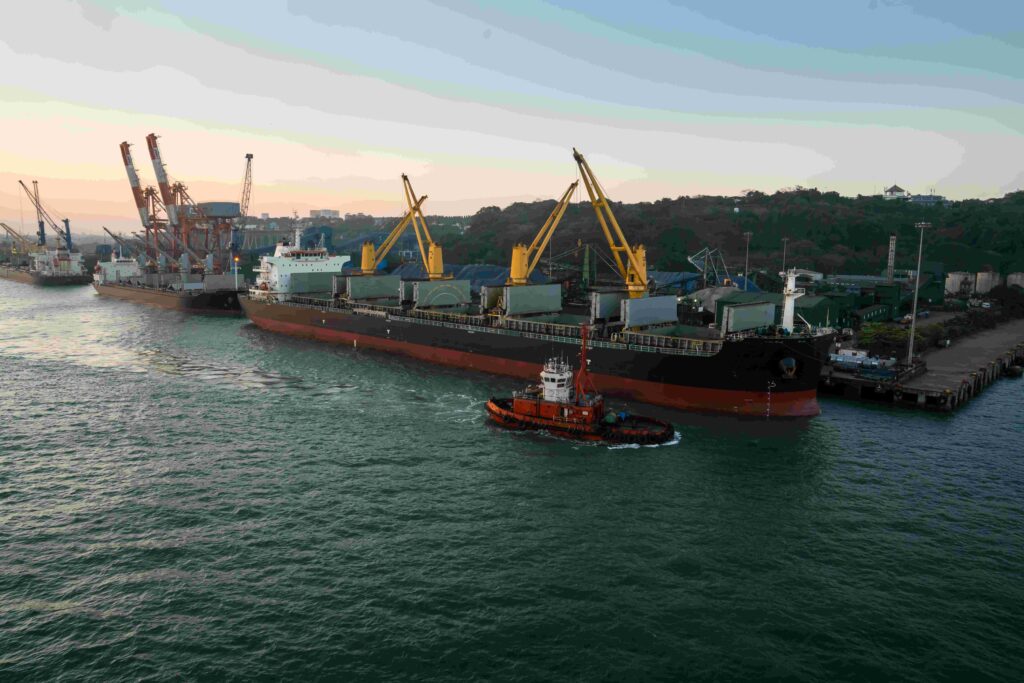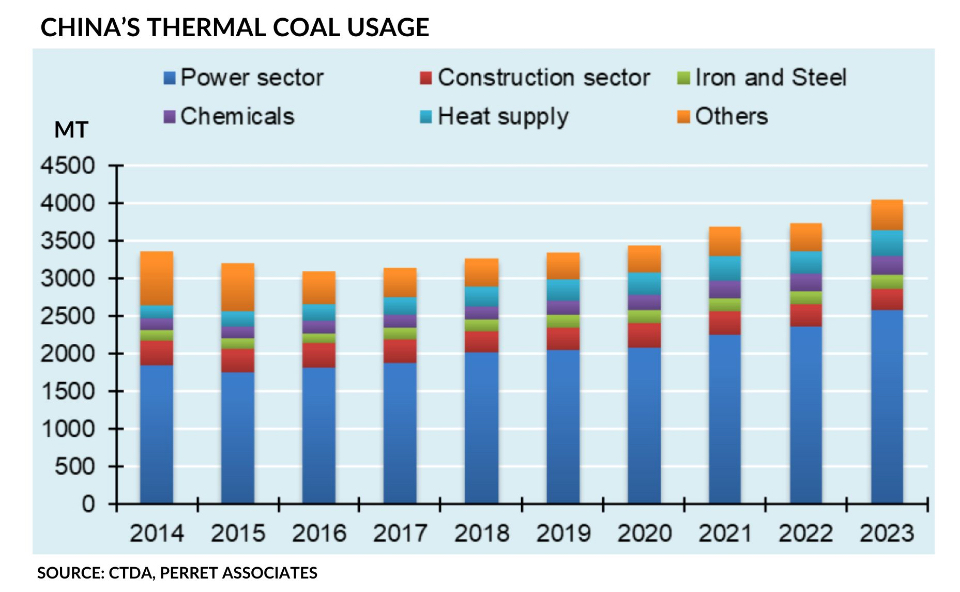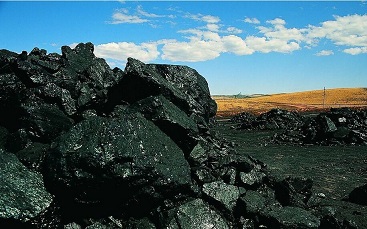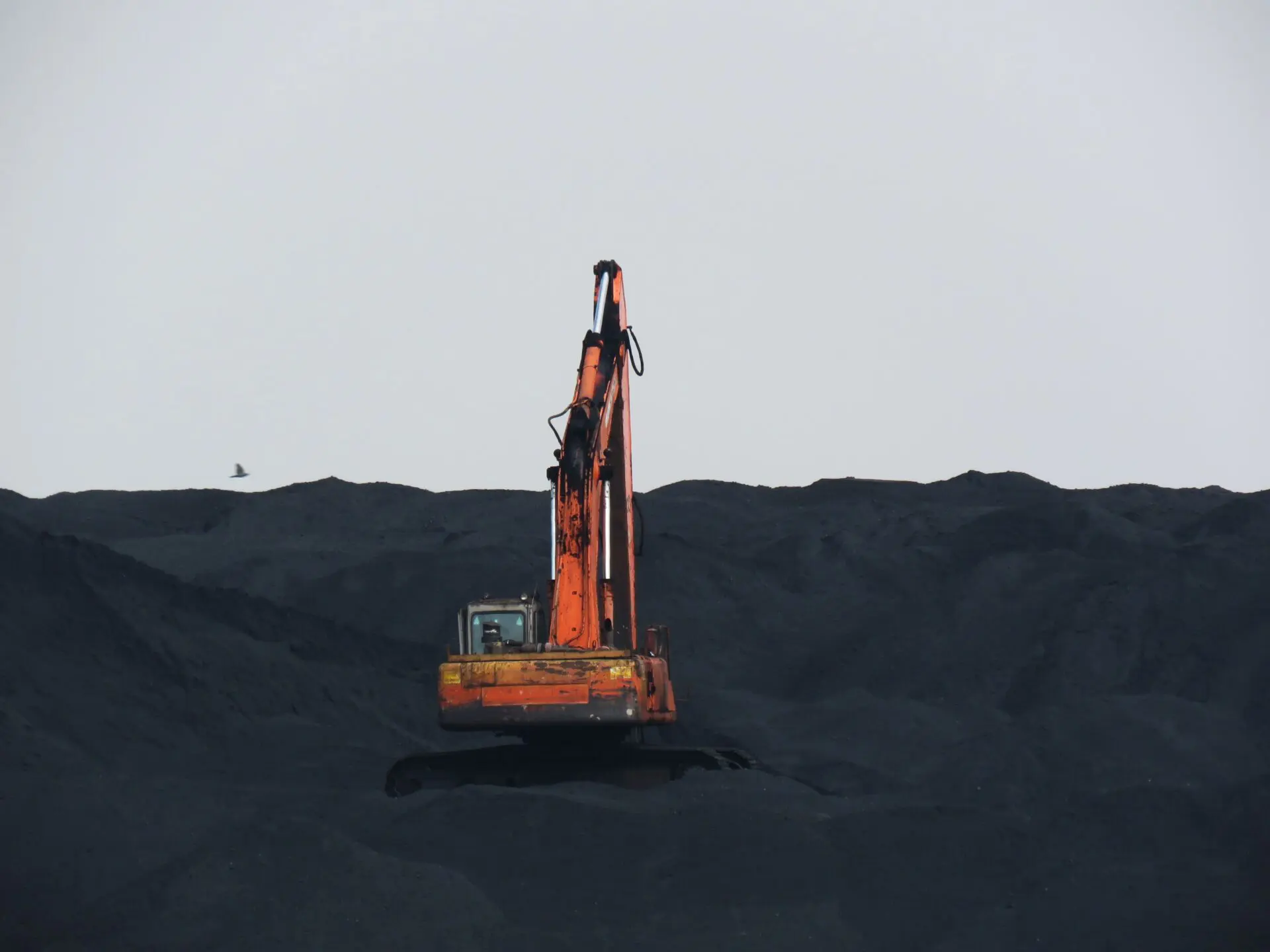

Over the past week, European thermal coal indices corrected downward to the level of 120 USD/t after the growth a week earlier. Market concerns temporarily decreased as the expected escalation of the conflict in the Middle East is not happening and Russian gas transit to the EU via Ukraine continues despite military actions near the gas infrastructure in the Kursk region.
Gas quotations at the TTF hub fell to 427.55 USD/1,000 m3 (-14.71 USD/1,000 m3 w-o-w). Coal stocks at ARA terminals declined to 4.8 mio t (-0.3 mio t w-o-w).
South African High-CV 6,000 dropped below 115 USD/t, following lower prices in Europe, as well as due to increased supply and an expected recovery in transshipment volumes at Richards Bay Coal Terminal (RBCT).
A spokesman for mining company Exxaro Resources noted that a new low for Richards Bay 6,000 NAR quotations would be around 100 USD/t FOB, that is caused by rising production costs (by 20% in H1 2024) and higher logistics expenses.
Thus, a drop in indices below this level will bring losses to Exxaro Resources. According to Exxaro’s estimates, its exports will increase this year to 5.7-6.3 mio t vs. 5.11 mio t in 2023. However, the company already ramped up shipments by 22% to 3.3 mio t in H1 2024 with the use of alternative terminals (Maputo and Richards Bay) in addition to RBCT. About 70% will account for material with a calorific value of 5,850 NAR and above, as the company seeks to reduce the share of low-quality coal.
Afrimat said it may be forced to slow down anthracite production as stockpiles at its Nkomati mine were full because of weak demand in Europe. Afrimat started exporting in 2024 through the Maputo port in Mozambique as it proved more profitable than the Durban port.
In China, spot prices for 5,500 NAR coal at the port of Qinhuangdao lost 1 USD/t to 118 USD/t on worsening demand, caused by weakening heatwave. Price cuts by Shenhua and other producers also put pressure on the market. Some market participants expect coal to keep getting cheaper despite declining stocks at ports.
Inventories at the 6 largest coastal thermal power plants decreased by 0.36 mio t to 13.57 mio t, while coal stocks at the 9 largest ports totaled 24.09 mio t (-0.72 mio t w-o-w).
The reduction in inventories was driven by lower imports due to limited consumption. In September, many thermal power plants will undergo scheduled maintenance, which will also negatively affect the demand.
Indonesian 5,900 GAR strengthened to 92.5 USD/t on the back of strong interest from the Asia-Pacific, including Vietnam. China also increased Indonesian coal imports in July to 19.24 mio t (+16% to June 2024).
Moreover, following the collapse of the Karang Agung bridge on the Lalan River on August 12 after a collision with a barge, waterways are still blocked, contrary to market participants’ expectations, as it was forecasted that routes would be cleared by August 21. Thus, a supply shortage is expected from some producers in the Musi Banyuasin area.
Australian High-CV 6,000 marginally adjusted downward, still holding near the 150 USD/t level, supported by firm demand from the Asia-Pacific amid plummeting supply from Russia, which continues to face infrastructure constraints.
Australian HCC metallurgical coal index stood below 205 USD/t. The pace of price decline for Australian premium metallurgical material slowed, nevertheless the downward trend persisted, given the unfavorable conditions in the steel market. Negative sentiment is also supported by the tendency among some end-users to postpone deliveries under long-term contracts.
According to some estimates, about 0.7 mio t of Australian HCC coal with shipments in August and September remains unsold (excluding shipments not sold and not shipped earlier). Furthermore, some steel producers are shutting down blast furnaces to cut losses.
Japan’s Nippon Steel and JFE Steel Corporation agreed to purchase a 20% and 10% interest worth 1.08 billion USD from Whitehaven Coal in the Blackwater metallurgical coal mine, one of the largest in Queensland.
Source: CCA Analytics













